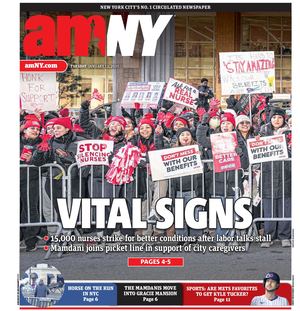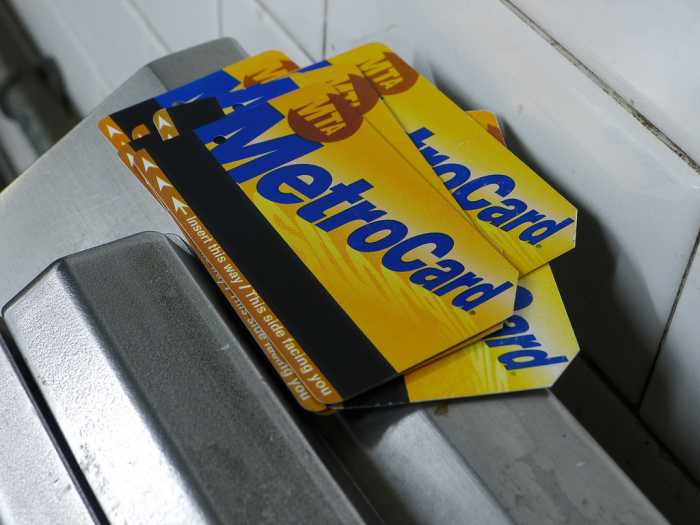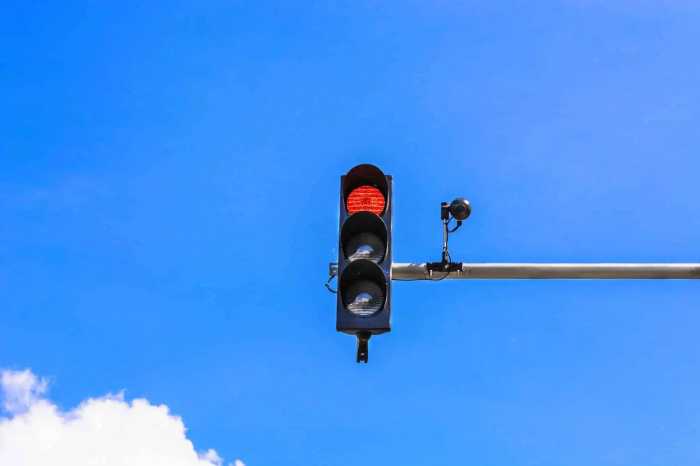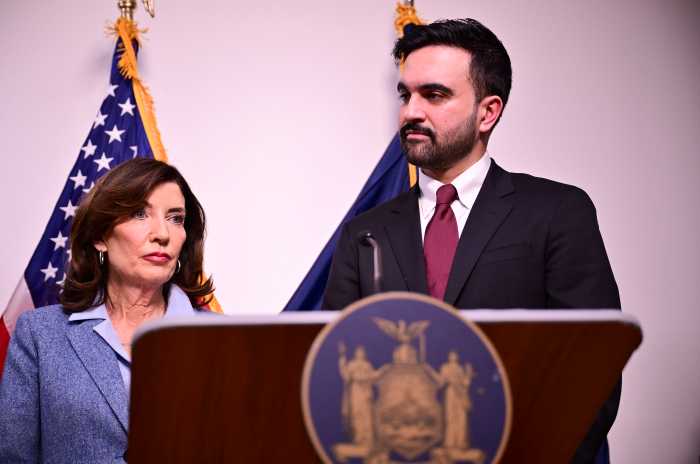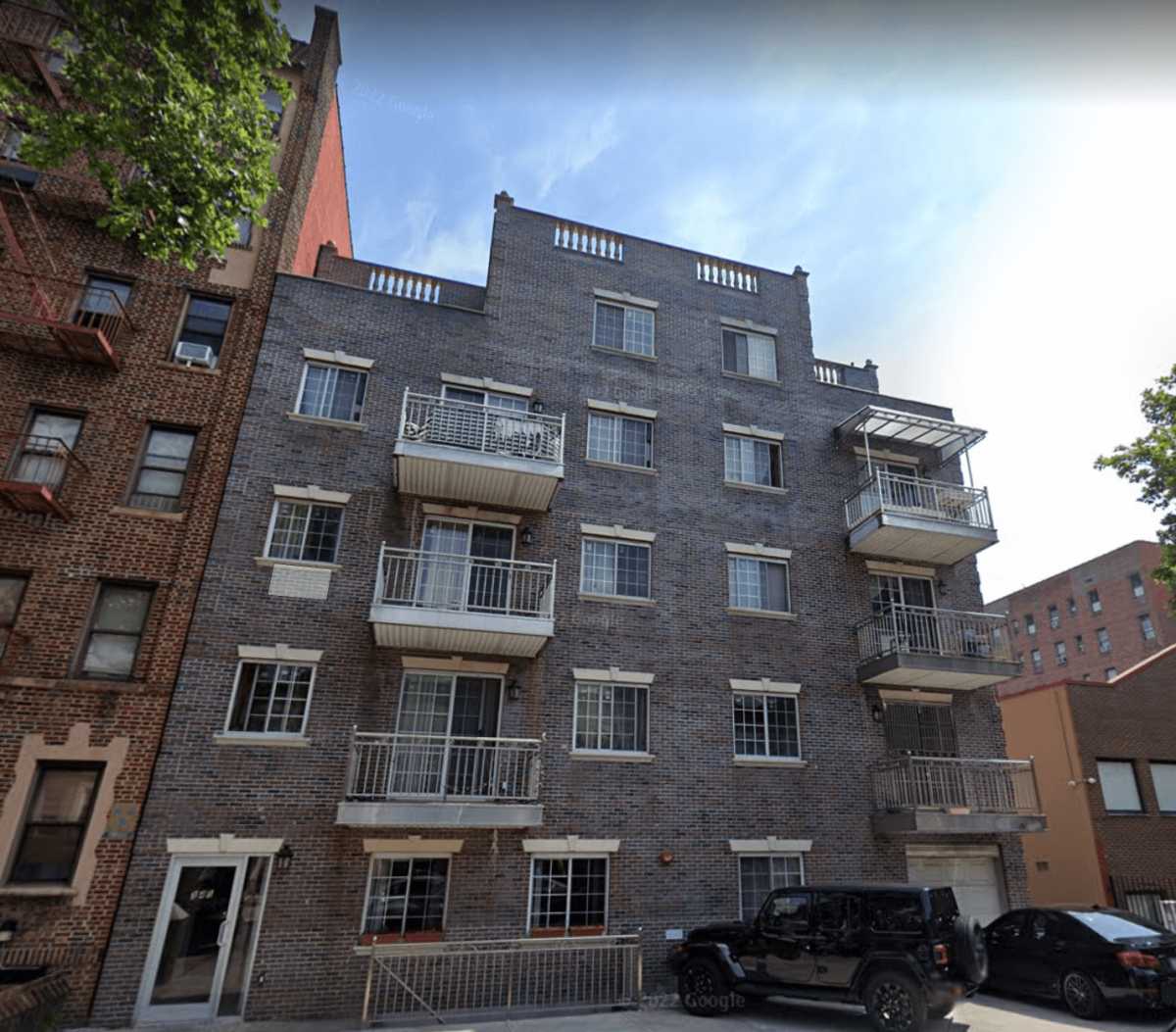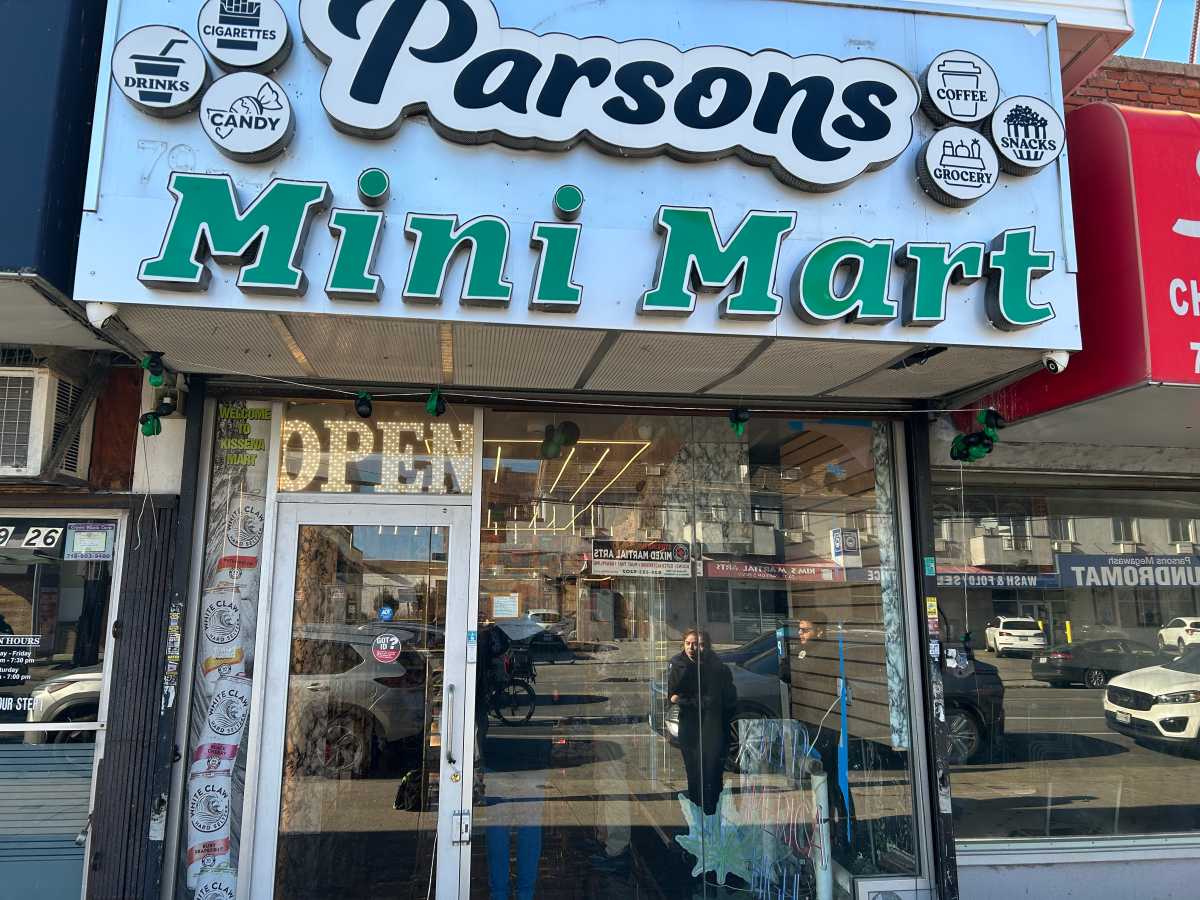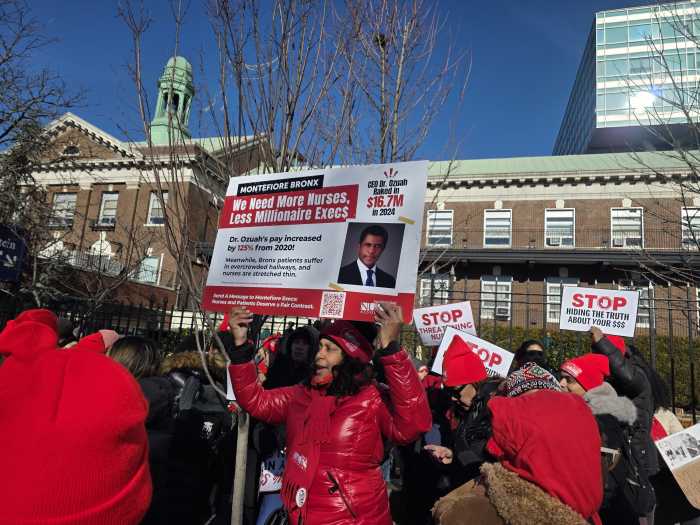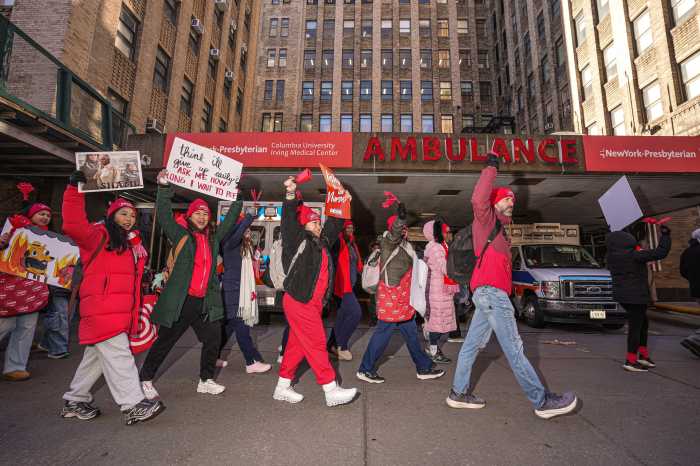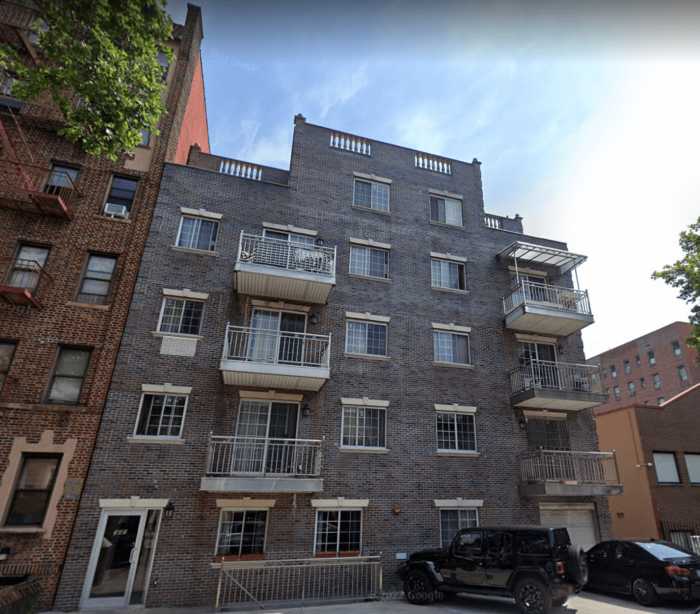After a series of high-profile subway service meltdowns during the summer of 2017, MTA officials on Monday touted that the system has “turned the corner” a year later.
Both NYC Transit president Andy Byford and his head of subways, Sally Librera, reported Monday at a Transit Committee meeting that train service has notably improved — thanks to an $836 million Subway Action Plan aimed at stabilizing service — but their claims were met with skepticism from the riding public as well as members of the MTA’s own board.
Librera highlighted statistics that depicted service in a favorable light: major incidents — defined as 50 or more trains being delayed — dropped by 11.7 percent when comparing the six months before the Subway Action Plan’s initiation (January to June of 2017) to the 14 months after(July 2017 to August of 2018). And train cars are running longer without breaking down.
“We know … that we have more to do, but these metrics show that we have turned the corner on our worsening reliability,” said Librera.
Other statistics tell a different story. There were 58,294 weekday train delays during July of this month, still up from the 51, 309 recorded during the same time two years ago. And on-time performance, which measures the percentage of trains that reach their terminal within five minutes of their scheduled arrival, remains abysmally low. Just more than half of all trains in July — about 67 percent — reached their terminals on time.
MTA board member Carl Weisbrod believes the Subway Action plan stabilized the subways but has only brought “marginal improvement” to service.
“Our subway system is in cardiac arrest and you’re doing whatever you can you can to stabilize it. But the reality is we need to do heart replacement, a heart transplant, but that’s a bigger process,” said another board member, Scott Rechler, speaking in support of Byford’s larger Fast Forward plan to modernize subway, bus and paratransit service.
Rechler’s sentiments mirror those of Byford, who has stressed the need to find funding for his roughly $40 billion, 10-year improvement plan, which would bring modern, computerized signals to the majority of the subway lines and bring in thousands of new train cars, among other initiatives.
“We are as frustrated as anyone that we’re not yet seeing the sea change, the breakthrough in performance, that we all know that we have to have,” said Byford. “But, A, we’re going to stick at it. And, B, we mustn’t forget that, notwithstanding all the good work that you just heard about — and this is an unprecedented amount of work . . . the base infrastructure is still the same. It’s still the same old equipment.”
Other problems persist. Despite progress in identifying the causes of late trains, the MTA has not yet explained a significant chunk of delays. In July, 22,374 delays — about 38.4 percent of the month’s weekday delays — were attributed to “operating environment.” That could be caused by a number of issues the MTA is working to parse, including speed restrictions the authority has been implementing along lines to improve safety, according to Byford.
The MTA also is still working to balance the “unprecedented” ongoing work in the system with providing service. Planned work caused about a quarter of all delays during July weekdays and almost half of weekend delays.
“Planned work is a necessary evil. We’ve got to get this done. We don’t have the luxury of just shutting lines for weeks on end in order to expedite the work. You’ve got to keep the system going,” said Byford, who added that the MTA tries to execute work as unobtrusively as possible. “I keep saying to people, the pain will be worth the gain.”
